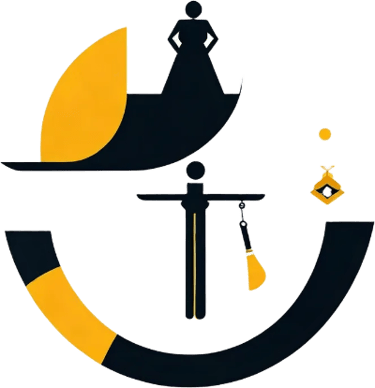🛡️ Protect your ideas and inventions with the guardians of intellectual property.
⚖️ Our team of expert patent attorneys marshals your innovations through the complex patent landscape💡
Global Patent Strategy & IP Monetization Suite for Data-Centric Enterprises in 2026 and Beyond
We at TCIS, INDIA connect dots between sci-fi and boardrooms, decode deep-tech for decision-makers, and turn patent landscapes into launchpads. If you need to know what’s next, who’s owning it, and how to play it, you’re in my lane. (International Filing, Cross-Border Compliance & Royalty Engineering for AI, Data Governance, Edge & Quantum-Safe Inventions)
(International Protocol Filing, Cross-Border Compliance & Royalty Engineering for AI, Data Governance, Edge & Quantum-Safe Inventions in 2026 and Beyond...)
🚀 The Chase Begins… But Who’s Really Ahead?
2026 isn’t a year—it’s a checkpoint.
The peloton of late adopters is sprinting to catch the breakaway pack of AI-native, edge-first, quantum-ready enterprises. Spoiler: the gap isn’t closing; it’s redefining the race.
From Generative to Agentic
We’re past the era of “prompt and pray.” 2026 belongs to AI agents that negotiate, orchestrate, and self-evolve your codebase while you sip coffee like me (pun intended).....
Think of them as digital employees with OKRs and no need for pizza parties.....
Quantum-Safe or Quantum-Sorry
Post-quantum crypto isn’t a slide in a deck; it’s a board-level risk. If your 2026 roadmap still boasts “256-bit SSL,” congratulations—you’re engraving your data’s expiry date.
Physical AI—The Offline World Becomes the Computer
AI is leaping out of the cloud and into steel, silicon, and soil.
Autonomous factory floors, self-optimizing grids, and adaptive medical devices learn on the fly—no back-haul needed.....
🏁 Protocol Playbook—How to Lead the Chase
Audit your intelligence supply chain Map where decisions are made → insert an agent → measure ROI in days, not quarters.
Human-centric by design, not by slogan Pair every agent with a human co-builder; measure trust, not just throughput. Ethics is the new uptime.
Lady Prity Khastgir's Contributions Spanning over two decades
Lady Prity Khastgir, a notable figure in the field of intellectual property rights, has been actively involved in advocating for stronger trademark protection and awareness. Her work has significantly contributed to the development of policies aimed at curbing the misuse of trademarks and promoting fair business practices.
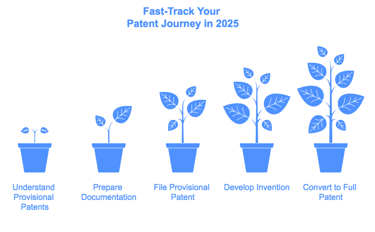
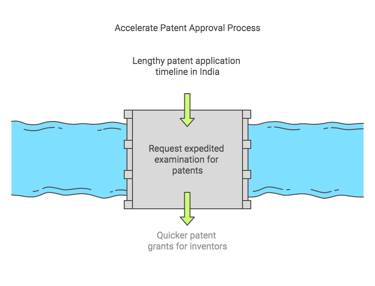

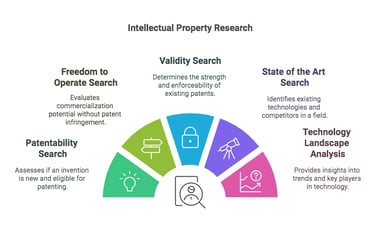
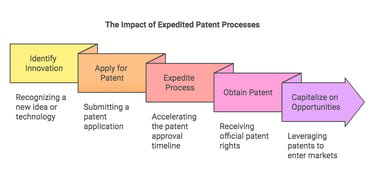















Filing a Complete Non-Provisional Patent Application with Patent Claims
When a company publishes details of their invention in a way that makes it publicly available, it creates "prior art." This prior art prevents others from obtaining patents on that same invention. In India, publications can be made through various channels including:
The Indian Patent Office's official journal
Technical journals and publications
Company websites or technical disclosure bulletins
Academic papers or conference proceedings
The first step is to file a complete patent application, also known as a non-provisional application or complete specification, depending on the country. This application should include a set number of patent claims.
In India, for instance, there is no additional fee for filing up to 10 patent claims.
However, if you exceed this number, such as when filing before the PCT ( Patent Cooperation Treaty) within 12 months to increase the timeline to file in other countries, you will incur additional fees.
For example, if you file 20 patent claims before WIPO, there are no extra fees beyond the basic fee structure. Typically, PCT applications may contain 20 claims, with claims 1 to 10 covering systems and claims 11 to 20 covering methods.
While there is no strict rule regarding how many claims should be allocated to each category, it largely depends on the technology involved and how comprehensively it can be covered in the patent claims.
International Companies are increasingly filing via PCT route in India
Companies are increasingly filing via PCT route in India because it gives them 30/31 months from the priority date to make decisions about which countries they want to pursue patent protection in.
By filing through PCT but deliberately not filing a Request for Examination (RFE) in India, companies are creating an interesting competitive dynamic.
India's patent laws require that an RFE must be filed within 48 months from the date of priority. If no RFE is filed, the application is considered withdrawn. However, the PCT application's technical contents become public after 18 months from the priority date.
The new RFE 31 months deadline applies to patent applications filed on or after March 15, 2024. For applications filed on or before March 14, 2024, the due date will remain 48 months from the earliest patent priority date.
The International company gets the benefit of defensive publication through their PCT application becoming public, effectively preventing others from patenting the same invention in India.
They maintain the option to file patents in other key markets where they see more value in enforcement.
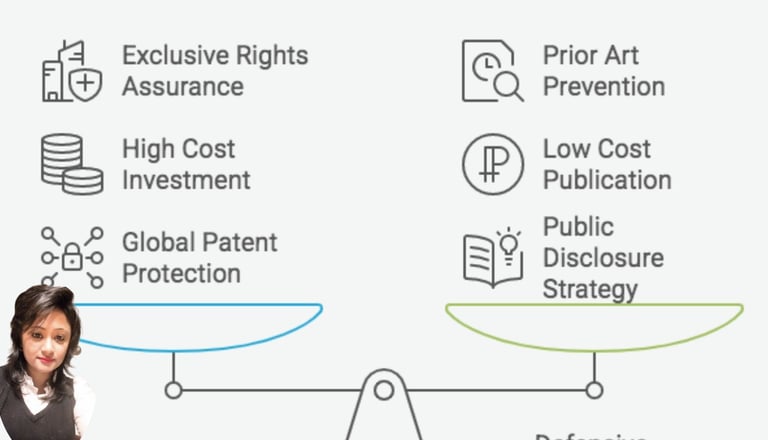

Changes in Request for Patent Examination Timeline in India
Many companies are filing patents through the PCT route but may not be submitting their requests for examination.
Following recent amendments in Indian patent law, the timeline for filing a request for examination has been reduced from 48 months to 31 months from the initial filing date.
Following recent amendments in Indian patent law, the timeline for filing a request for examination has indeed been reduced from 48 months to 31 months from the initial filing date. This change applies to applications filed on or after March 15, 2024.
For patent applications submitted before March 15, 2024, the original timeline of 48 months remains in effect.
As of today, January 15, 2025, any patent application filed after March 15, 2024, must have the request for examination submitted within this new 31-month timeframe to avoid the application being treated as withdrawn by the Indian Patent Office.
This adjustment is significant for applicants aiming to secure patent protection efficiently and highlights the importance of compliance to the updated timelines in the patent prosecution process.
This change makes it essential for patent applicants who wish to secure a patent grant in India to submit their request for examination within this timeframe of 31 months on or after March 15, 2024.
A careful decision must be made regarding whether to file this request for examination. If it is not filed, the pending patent application will still be published after 18 months from the initial filing date.
Once published, it enters the public domain and becomes part of that country's patent database.
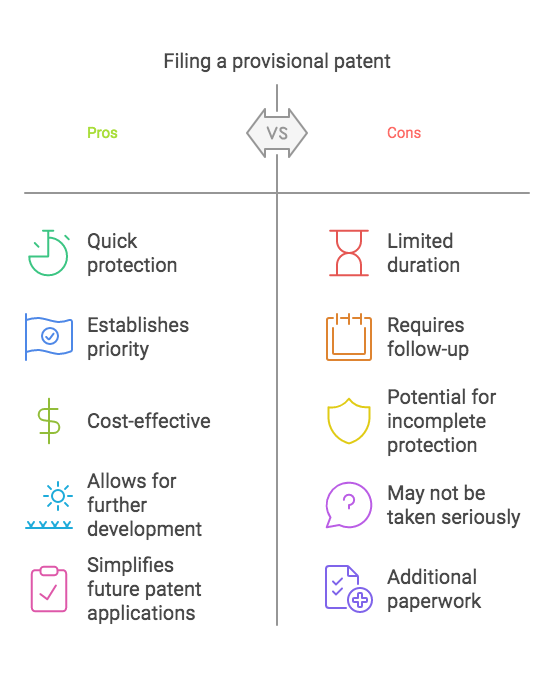



While India represents a huge market opportunity, many companies find that the cost and uncertainty of patent litigation in India outweighs the benefits of patent protection.
While both patent claims and descriptions are essential components of a patent application, descriptions often take precedence during patent examination due to their role in clarifying the invention details better, and facilitating comparisons with prior art cited by the patent examiner.
Bonus Tip for Patenting: Remember, you can't add new information to your patent invention after you file it, so it's better to include too much detail than too little. Think of everything someone might need to know to understand and make your invention work.
Disclaimer: This information is provided for general educational and informational purposes only and does not constitute legal advice or opinion. The content discussed regarding defensive publication strategies, Patent Cooperation Treaty (PCT) filings, and patent examination requests in India represents general observations of potential intellectual property strategies and should not be relied upon as definitive guidance for any specific situation.
Our team
Our strength lies in our individuality. Set up by Advocate Prity Khastgir, the team is dedicated to empowering innovators by simplifying the patent process and ensuring that startups and small businesses can secure their inventions quickly and efficiently.
We focus on facilitating rapid access to patent protection, allowing our IP clients to take advantage of their innovations and succeed in a competitive landscape. With our extensive IP expertise in the fast-track patent process, we are committed to nurturing a dynamic environment of creativity and entrepreneurship, helping our clients bring their ideas to life.


Adv. Prity Khastgir
Registered Patent Attorney since 2007


Adv. Shweta Shalini
Senior Associate


Yashvendra Pandey
Head, Operations
Patenting in India & US
Expert patent searches for innovative business solutions by international patent lawyers and registered patent agents having expertise to perform different patentability searches.
The materials on this website are made available for informational purposes only, and do not constitute legal advice. The receipt of information contained on this website does not create an attorney-client relationship.
PATENT Value PROPOSITION
+91-9312315656
SATELLITE OFFICES
Intellectual Property Rights SERVICES


IT CORNER GLOBAL SERVICES
© 2017-2026 and BEYOND. All rights reserved.
Unauthorized copying, reproduction, distribution, or commercial use of this content is prohibited. The views and analyses expressed herein regarding China, India, and Foxconn are proprietary and may not be reproduced without explicit written permission from the copyright holder. Infringement will lead to legal action under #DAO.
#TelecomPatents #InnovationInTelecom #PatentStrategy #IntellectualProperty #TelecomSector #Foxconn #PatentDrafting #EssentialPatents #ChinaTelecomStrategy #IndiaIPR #IPRInTelecom #TelecomInnovation #SustainableTelecom #FutureOfTelecom #DigitalInfrastructure #PatentLandscape #GlobalTelecom #IntellectualCapital #TelecomResearch #PatentQuality #TelecomSustainability #TechPatents #TelecomManufacturing #IPRManagement #TelecomEngineering #PatentFiling
